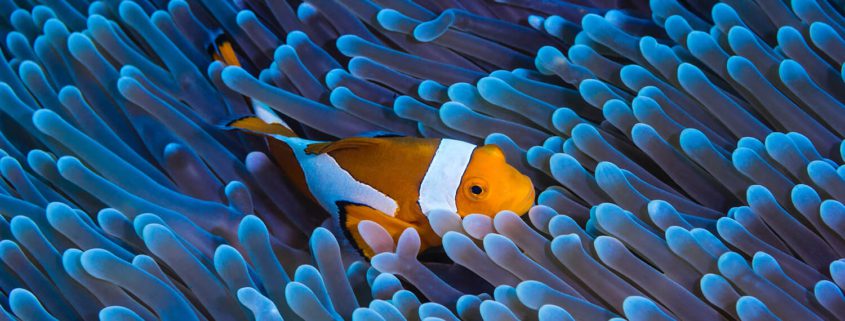Southern Great Barrier Reef Sustainability
The Southern Great Barrier Reef (SGBR) is one of the world’s most spectacular natural wonders and a major tourist attraction. It is an important part of the world’s oceanic heritage, providing habitat for a variety of marine life, including whales, dolphins, turtles, fish, seabirds, and corals. Unfortunately, the SGBR is facing significant threats from climate change and human activities.
Climate change has led to increased ocean temperatures and more frequent and intense cyclones. These changes can cause coral bleaching, which is when coral polyps expel the algae living in their tissues and turn white. If the coral is not able to recover, it may die. Human activities such as overfishing, pollution, and coastal development have also had a negative impact on the SGBR ecosystem.
In order to protect and conserve the SGBR, a number of initiatives have been implemented. The Queensland and Australian governments have implemented a series of economic, social, and environmental measures to ensure the long-term sustainability of the SGBR. These include policies to reduce coastal development, reduce pollution, and promote sustainable fishing practices.
The SGBR also has a number of protected areas, such as the Great Barrier Reef Marine Park, which protects the reef from fishing, tourism and development activities. These protected areas are essential for the maintenance of a healthy reef, as they allow for the recovery of coral reef ecosystems and provide habitat for fish and other marine life.
In addition to these initiatives, there are a number of initiatives underway to help the SGBR communities become more resilient and better able to cope with the impacts of climate change. These include programs to help local communities build their knowledge and capacity to manage the reef and to improve their ability to adapt to climate change.
The SGBR is a precious and unique part of the world’s oceanic heritage, and it is essential that we work together to ensure its long-term sustainability. By implementing initiatives to reduce pollution, sustainably manage our fisheries, and protect the SGBR’s protected areas, we can ensure that future generations will be able to enjoy its beauty and its biodiversity.



